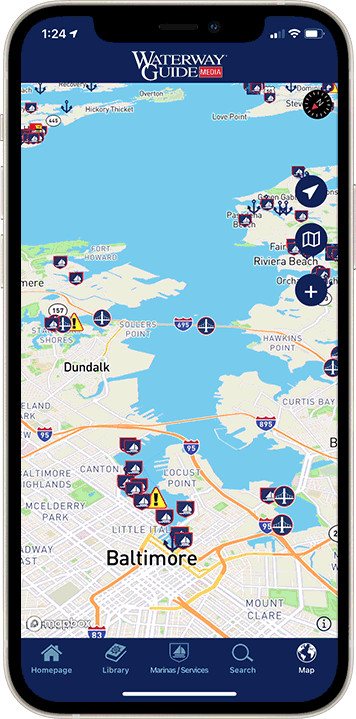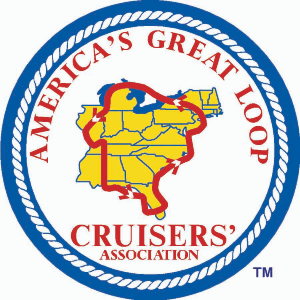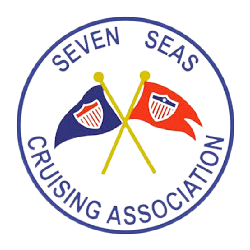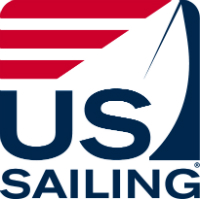
In the past, I’ve written about the need, and use, of a VHF radio. I noted that if you didn’t have a radio aboard that you were risking your life over a couple of hundred dollars saying it’s “nutty” not to have a radio aboard. Nonetheless, many don’t. Those skippers rely on their cell phones for emergency assistance.
I guess you can lead a horse to water but you can’t make it drink. Here is the scuttlebutt on cell phones on the water.
*CG - Gone
Starting in the early ’90s, many cell phone service providers offered a special telephone number that would give you direct access, via your cell phone, to a US Coast Guard (USCG) Operations Center. As many cell systems were upgraded the feature didn’t migrate to the new system. The Coast Guard found that coverage was thus very spotty and could create dangerous delays in dispatching resources to an emergency.
As a consequence, in October 2006, the Coast Guard requested that all cellular phone service providers discontinue the “*CG” service, except in Alaska, and any such calls be routed to the 911 Public Safety Answering Point (PSAP) nearest to where the call originated.
Even when it worked, mariners didn’t always know where they were and the USCG had no ready mechanism to determine where they were. Now, with Rescue 21, this problem has been dramatically reduced and often eliminated, if you are using a VHF radio.
Lastly, even when you did reach the USCG, they were the only ones aware of your predicament. VHF-16 is, by Federal law, required to be monitored by all vessels equipped with a VHF radio. Another private boater could be much closer to you than the nearest USCG station and getting the “rescue clock starts now” sequence going may be the difference between life and death.
But I Want My Cell Phone!
First, there is no reliable way to be definitive about cell phone coverage at sea. Is it better the closer you are to land? Yes, compared to being far away. But cell phone systems are designed for land-based use and the associated physics of how objects absorb and reflect signals.
Water is an entirely different kettle of fish, no pun intended. Another agonizing puzzle is when you can see “5 bars” on your cell phone but still can’t connect a call. Why? One likely scenario is that there may be a cell tower high up on a hill somewhere and it, with its higher-powered signal, can see you. However, your cell phone isn’t strong enough to transmit back to the cell tower!
If you are intent on using your cell phone at sea, start looking into external antennas and signal boosters. Some boosters claim, when attached to an external 8’ antenna, that the signal range can extend up to 50 miles. Now, if you are ready to spring for the cost of the external antenna, can I suggest again that you attach a VHF radio to it?
The Technology
The worldwide cellular system depends on two things – low power transmission and continual reuse of a limited number of frequencies. This is where the term “cell phone” comes from – you travel from cell to cell, bounded by low-power transmission, and are handed off automatically from one radio frequency to another. The cell tower is transmitting, usually, at just a few watts and your cell phone is transmitting back at even lower power – as low as 1/1,000th of a watt. It is always lower than 1 watt. (BTW, a handheld VHF radio is transmitting at 5 watts and the “desk-top” VHF radio is transmitting at 25 watts.) As you travel towards the edges of adjacent cells, the cell phone tower’s software coordinates the hand-off from cell-a to cell-b. If your boat is disabled and bobbing in the waves, there is no way to move closer to an adjacent cell like your car naturally does.
To Take Or Not To Take?
Take it, by all means! When it does work, there is no better way to have a private, non-emergency conversation and most USCG and USCGAux vessels are equipped with cell phones for this reason. But, when it comes to an emergency, your VHF radio is the best and fastest way to be rescued!
If you are interested in being part of USCG Forces, email me at JoinUSCGAux@aol.com or go direct to the D1SR Human Resources department, which is in charge of new members matters, at DSO-HR and we will help you “get in this thing…”












